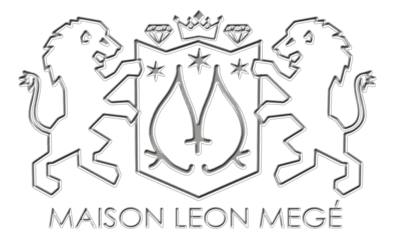
ASET (for Angular Spectrum Evaluation Technology) is a highly questionable way of assessing a diamond’s “light return.” AGS (American Gemological Society) claims you can distinguish a bad diamond from a good one by staring at the ASET inkblot diagram.
The ASET draws attention away from an inferior AGS color and clarity grading, focusing instead on whimsical light performance represented in cheerful colors on their diagrams.
ASET was invented and performed by the AGS lab. The mind-bending colored stains that would make Hermann Rorschach proud are prominently featured on every AGS diamond certificate. No other labs except AGS perform, use, or recognize this so-called “test.”
Reputable jewelers do not use ASET. A small group of dealers congregating around the fake “consumer” website called Pricescope uses ASET as a marketing tool to sell AGS-graded diamonds. The jewelry trade does not recognize ASET as a legitimate diamond evaluation tool. It’s a scam that AGS perpetrated to undermine GIA supremacy in diamond grading. AGS lost and was recently acquired by the GIA.
The Ring Effect
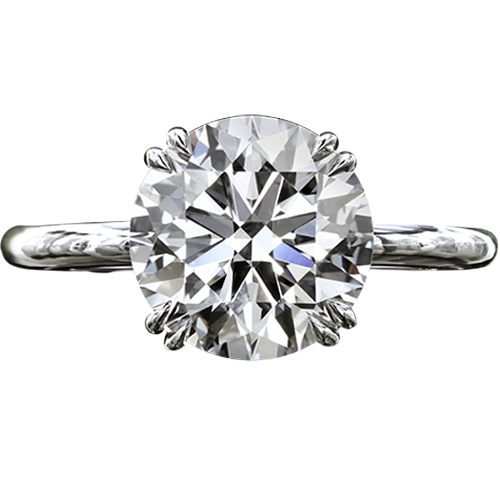
The difference between good ASET and bad ASET is insignificant compared to other factors, such as the effect of the mounting. The setting alters the stone’s optical properties hundreds of times more than hypothetical gains from using ASET. A stone set into a mounting cancels any ASET advantage of one stone over another.
GIA ideal cut diamond (XXX grade) is enough to guarantee a spectacular-looking diamond. You are better off putting more thoughts into the setting.
Fancy shapes
There is no science behind ASET; it’s a diamond marketing tool. Of course, they will dispute this and tell you that it is a product of decade-long research, but can you trust the lab that routinely over-grades diamonds? I certainly would not.
The ASET was initially intended for “analyzing” round diamonds. Once AGS dealers sensed an opportunity, the racket was also extended to fancy shapes. Using a round ASET cone on a fancy-shaped diamond is as ridiculous as jamming a square peg into a round hole. Three-card Monte con can be played with any deck of cards.
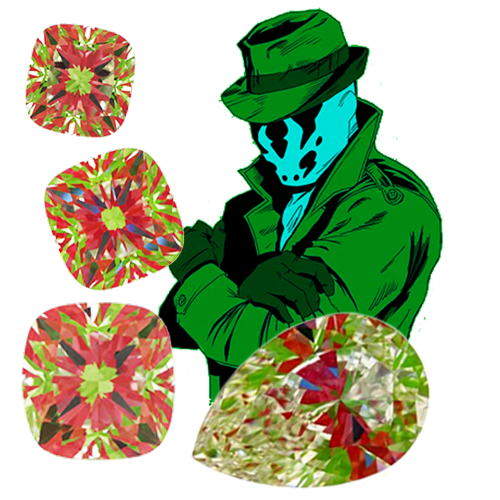
Who needs ASET?

Consumers who fall for the ASET scam are those who rather trust penpals on the web forums more than they trust qualified and experienced jewelers and diamondaires. The third stage of every con job is to encourage the victim’s greed. An AGS jeweler does it by hinting that the ASET test uncovered the diamond’s “hidden value,” which ultimately impairs the cheapskate’s rational judgment. It’s an easy racket – the customers have no clue what they are looking for when they stare at the ASET pictures.
What is the meaning of ASET colors?
When the diamond is lit up from behind, the three colored bands are reflected by the diamond’s facets. You can see the mosaic of colored reflections through the ASET peephole. Depending on their angle, facets reflect the colors of the cone’s wall. According to the AGS, this kaleidoscopic pattern represents a map of a diamond’s “light performance.”
Here is what the colors mean according to AGS pseudoscientific gibberish:
- White is “bad.”
- Green is “sort of bad, but we can twist it around.”
- Red is “good.”
- Blue is “we haven’t decided yet.”
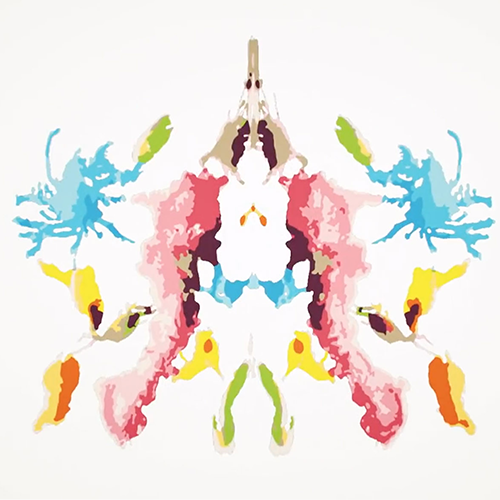
Much like coffee grounds reading, ASET requires charismatic storytelling and vivid imagination. To test a diamond, you need to get the ASET gizmo from AGS or eBay for a fraction of the AGS price.
The cone is colored in a bright green and pink color. The diamond is placed on a clear tray (included) sitting on a light source (your cell phone). Look through the magnifier peephole and see the stone in all its psychedelic glory.
Where does the light go?
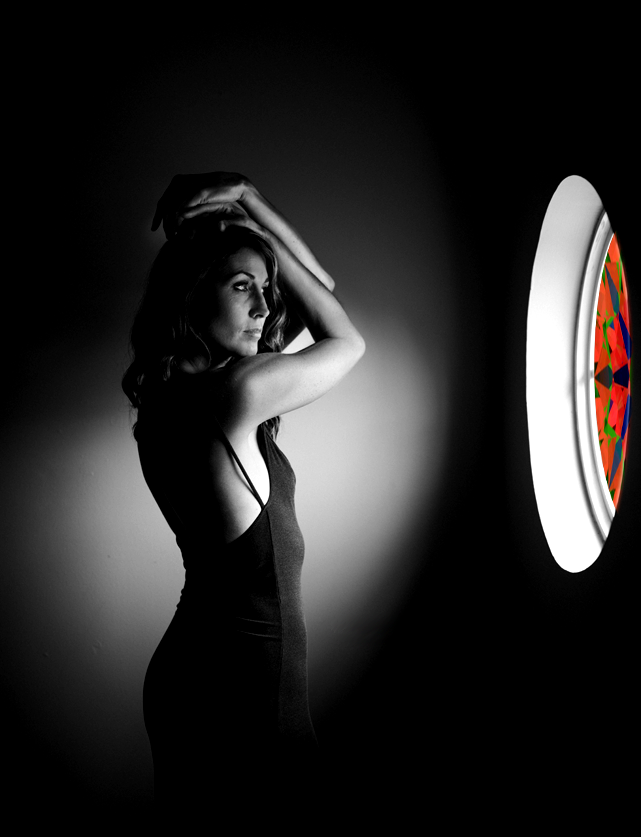
All diamonds leak light. There is nothing wrong with it. The light typically dissipates sideways or goes through the stone. Only poorly cut diamonds leak an excess of light, a cause for concern. A diamond with an excellent cut by GIA, by definition, reflects all the light necessary to have exceptional brilliance and fire.
AGS claims that the ASET evaluates the “light performance.” Are you buying a Ferrari or a diamond? There is no performance in diamonds like there is no performance in paintings. It’s either a well-cut gem or junk that is not worth consideration. The subtle differences between ideal-cut diamonds should not be evaluated. They are a beautiful scope of diversity, each triple-X diamond slightly different yet as perfect as any other.
